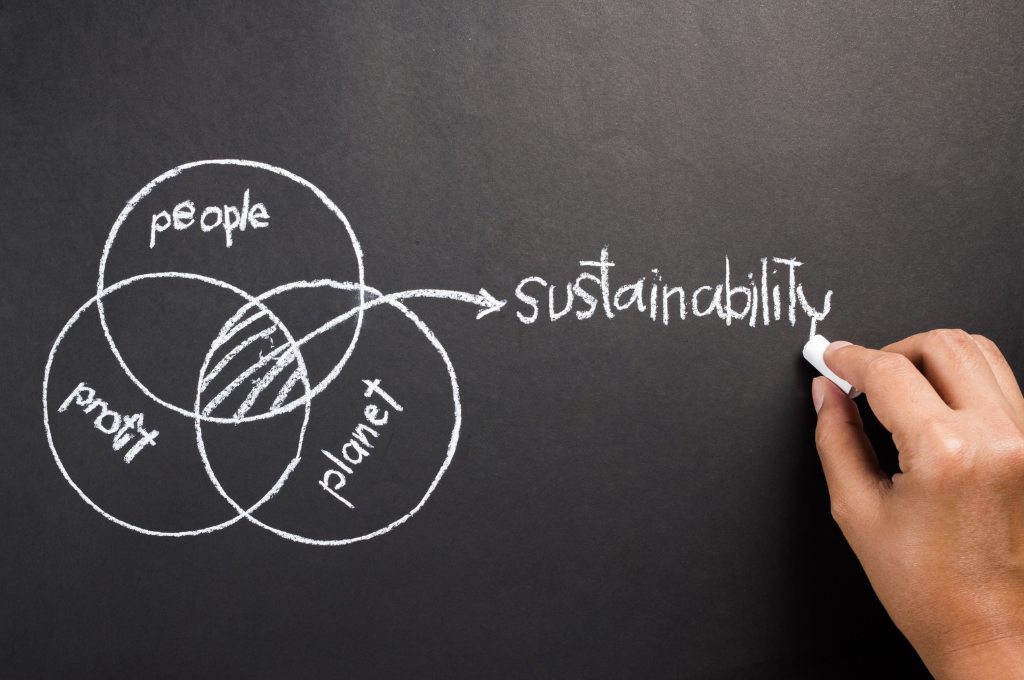In recent years, the convenience of online shopping has captivated consumers worldwide. The e-commerce industry has experienced an unprecedented surge, promising hassle-free purchases delivered directly to our doorsteps. But this convenience comes at an unseen cost, a price that is paid by the environment and, ultimately, by public health. The last-mile delivery emissions, the final step in the supply chain from a distribution center to the customer’s doorstep, are projected to skyrocket in line with the boom in e-commerce.
A recent study throws light on the steep environmental costs of this rapid growth in e-commerce. The current annual parcel volume stands over 315 billion in 2022, and it is predicted to leap to a staggering 800 billion parcels by 2030. Such drastic growth will likely result in an unparalleled impact on the environment and public health, with communities of color and lower-income neighborhoods bearing the brunt of these impacts disproportionately.
The report, “Cost of Convenience,” conducted by the Clean Mobility Collective (CMC) and Stand.earth Research Group (SRG), projects that if the existing delivery practices persist unchanged, global e-commerce could generate up to 160 megatons of CO2 emissions per year by 2030. To put it into perspective, this volume of emissions is equivalent to the yearly CO2 output of 44 coal plants. However, this is just part of the total environmental load; the study also anticipates that other pollutants, including nitrogen oxides (NOx), particulate matter (PM), and carbon monoxide (CO), will also be released in considerable quantities.
Also Read: Eco-Chic or Just a Gimmick? The Reality of Sustainable Fashion Exposed
The repercussions of these emissions are manifold and extend beyond just environmental degradation, with the health of millions at stake. For instance, in 2022, pollutant emissions from last-mile deliveries likely contributed to approximately 12,000 cases of aggravated asthma and over 20,000 incidents of respiratory symptoms worldwide. And this might just be the tip of the iceberg. The study indicates that, from 2023 to 2030, these emissions could potentially cause up to 168,000 cumulative cases of exacerbated asthma, 285,000 cases of respiratory symptoms, and as many as 9,500 premature deaths globally, if there are no significant changes in electric vehicle (EV) adoption rates.
Not to overlook the looming ecological impact, the research estimates that it would take a billion trees, planted and grown for a decade, to offset the emissions of a single year of current last-mile parcel deliveries. This vividly highlights the monumental task that lies ahead of us if we continue on the current trajectory without any substantial intervention.
As consumers, we may often be oblivious to the hidden costs of the convenience we enjoy through online shopping. But the stark reality is that our quick clicks for purchases contribute to a complex chain of events, culminating in severe environmental and health consequences. It is high time that we start acknowledging these hidden costs and prioritize sustainable and responsible consumption. Moreover, it’s crucial that e-commerce giants and logistics providers accelerate their efforts to adopt cleaner delivery methods, such as electric vehicles and carbon-neutral delivery options, to mitigate the environmental and health impacts.
This article is based on a report by fibre2fashion website.

















